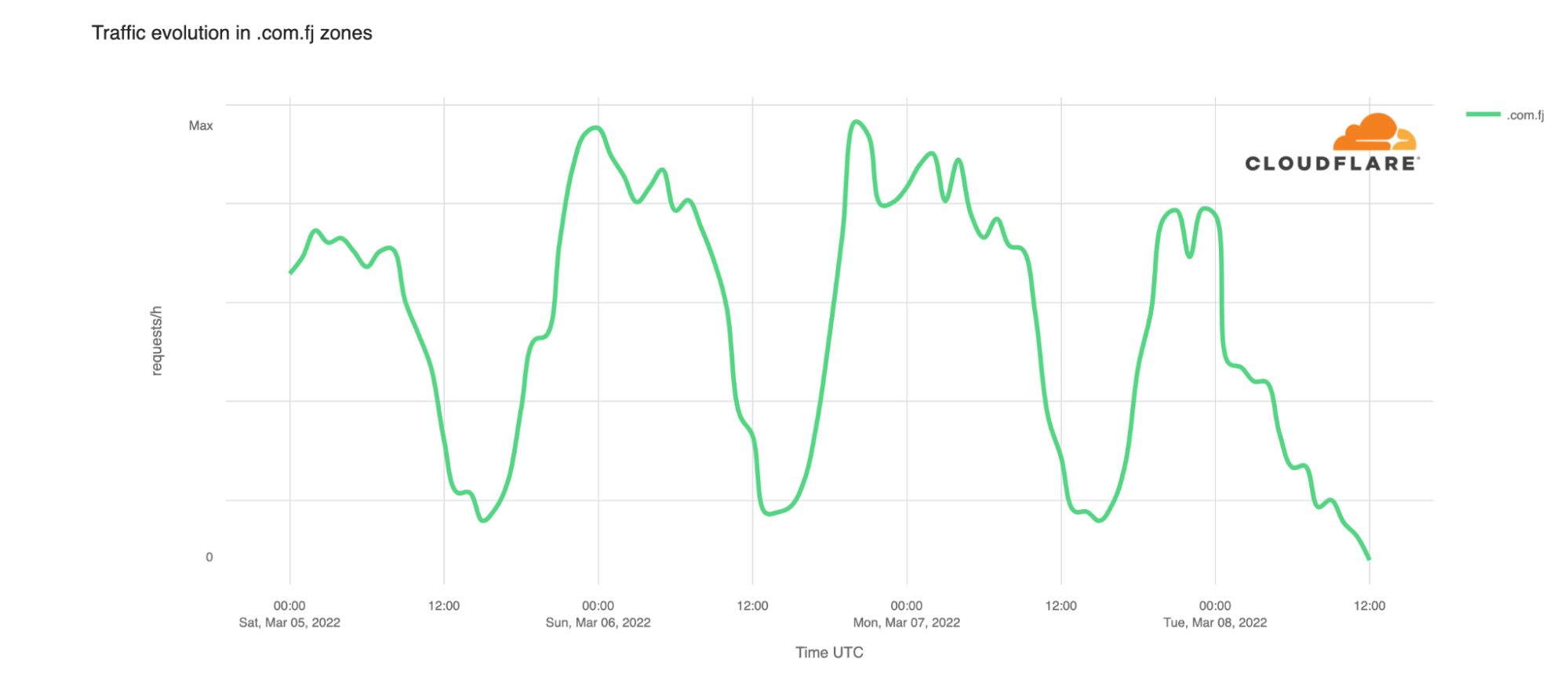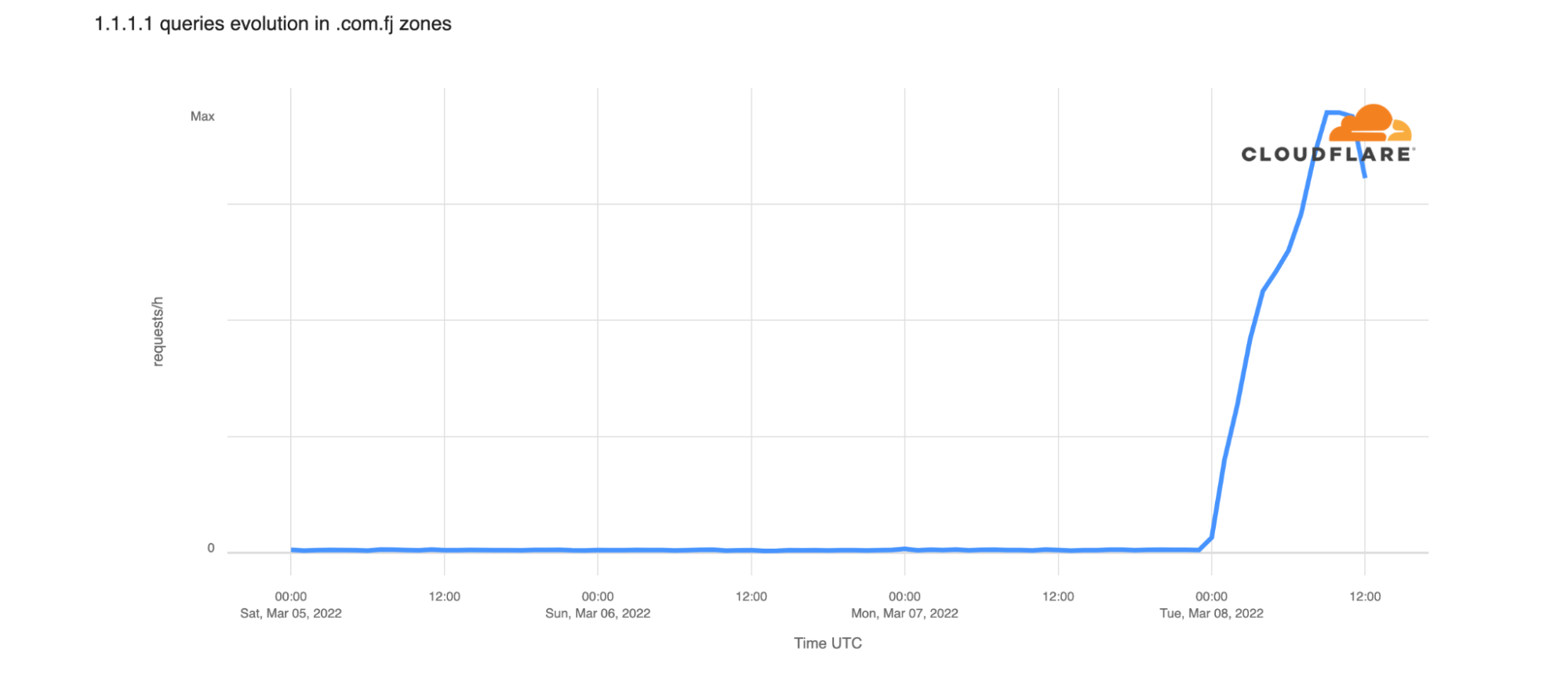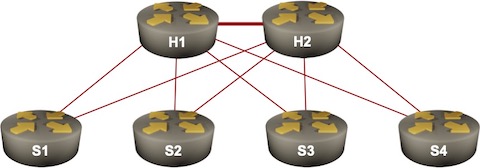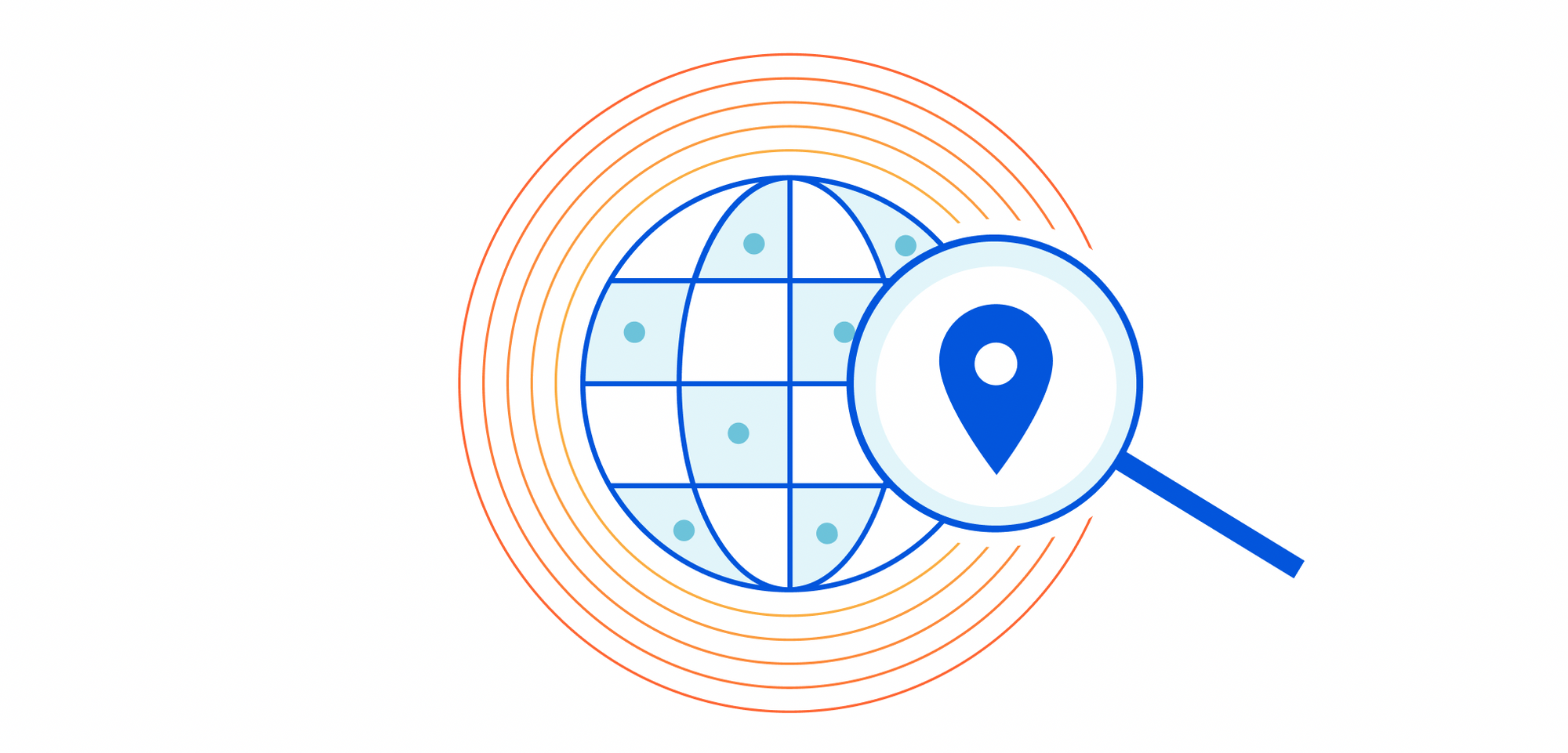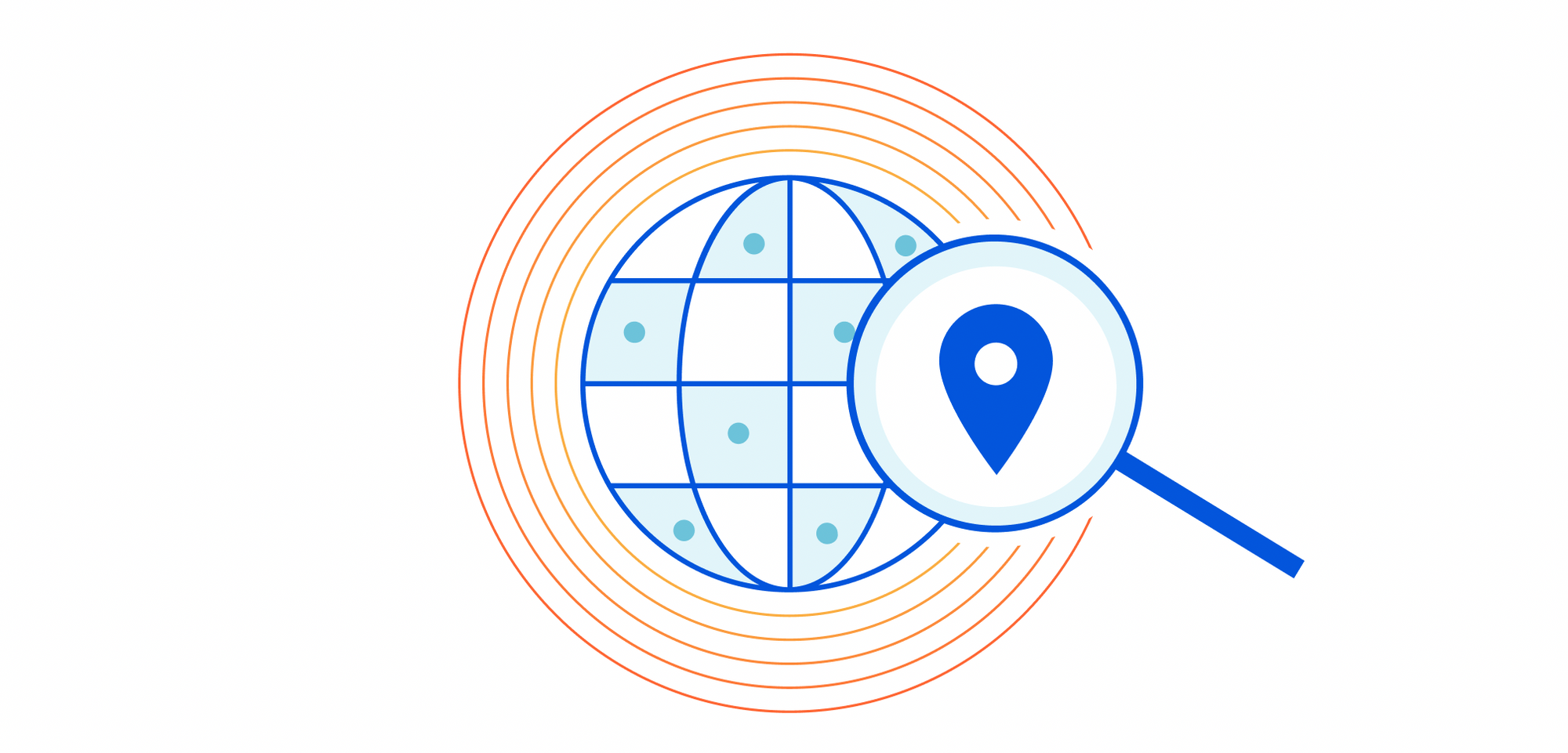Using ClamAV to detect viruses on Linux
One popular and easy-to-use tool for detecting virus infections on Linux systems is ClamAV. It's open source and free, and runs on many Linux systems, Ubuntu and Fedora included. In this post, we'll take a look at how to install and use the tool on Ubuntu, Linux Mint, and related systems. Installing ClamAV on Linux Mint The first step for installing ClamAV on Ubuntu, Mint, and related distros should be to update your system.$ sudo apt update && sudo apt upgrade -y After that, you can install ClamAV and verify the installation with commands like these:$ sudo apt-get install clamav clamav-daemon $ clamscan --version ClamAV 0.103.5/26469/Wed Mar 2 04:27:25 2-22 ClamAV commands ClamAV's tools are clamscan to do the scanning and freshclam to update the list of known virus signatures.To read this article in full, please click here

 Not a simple origin story
Not a simple origin story


